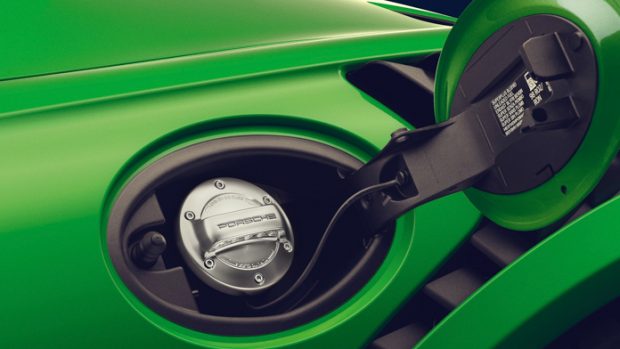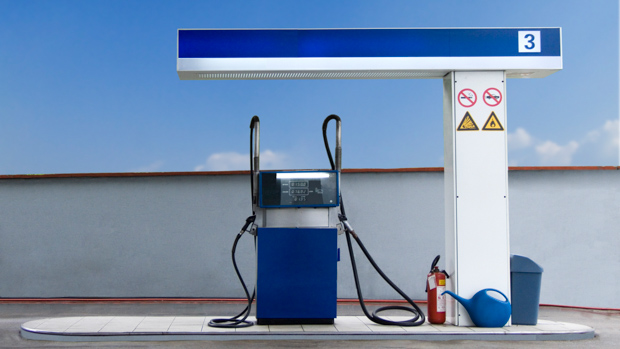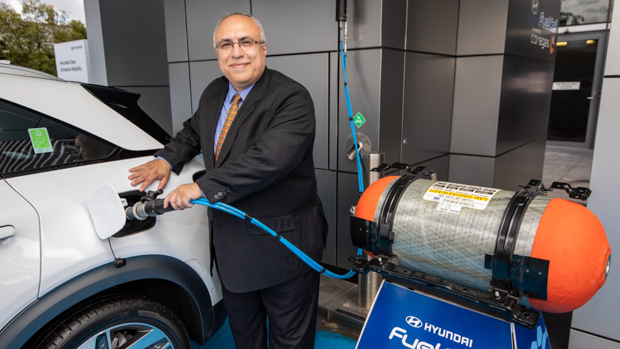-
Car Reviews
- All reviews
- Midsize SUVs
- Small cars
- Utes
- Small SUVs
- Large SUVs
- Large cars
- Sports SUVs
- Sports cars
- Vans
Latest reviews
- Car News
-
Car Comparisons
Latest comparisons
- Chasing Deals
Chasing Cars takes an in-depth look at what has caused petrol prices to skyrocket recently and gives you ways you can save money when you top up your tank
Update: We’ve revisited rising fuel prices in May 2022 which you can read here.
You would have to be living under a rock not to notice that at the moment Australian fuel prices have gone through the roof.
Since the beginning of February 2022, regular unleaded petrol has pushed beyond the $2.00-per-litre mark and beyond, with those preferring or requiring 98 octane premium petrol paying even more – up to 244.9 cents around inner Sydney in mid-March.
To understand what is going on with fuel prices down under, it must first be understood what makes up the price that you pay at the bowser.
This total price can be broken down into international cost of oil, cost to wholesalers for fuel import, refinement, storing and transportation, costs to retailers that operate service stations, government taxes and wholesaler and retailer profits.
That is certainly more complicated than one would think, but the main factor currently impacting Australian oil prices is the first one in that list – international cost of oil.
Although Australia does not source its oil from Russia, the world’s second biggest supplier of oil has a lot of influence on the world, and when that is cut off due to its decision to ban oil imports to most of the world, it has a considerable knock-on effect.
While most people would assume that the rising petrol prices has been because of the conflict in the Ukraine, the Australian Competition and Consumer Commission (ACCC) has said that another reason for the price rise has been the rise in demand for oil as the world begins to move on from the COVID-19 pandemic – primarily resuming travel by land, air and sea.
Picture this: the world goes into lockdown where millions of cars are pulled off the road and therefore demand for fuel goes down. When people begin to be vaccinated and start to return to a normal way of life, their cars, too, go back out into the world and therefore need fuel to operate and get around.
In addition, many people who abandoned public transport for the safety of their own private vehicles during the more acute phases of the pandemic acquired cars that they continue to like using.
The ACCC says that refineries and petroleum companies have been working for nearly two years at a reduced level of demand. Now that people begin to use their cars more, demand is rising quickly which is putting pressure on the manufacturers of this crude oil product.
Australia has reached a situation where the petrol prices are as high as they were during 2014 when there were significant conflicts in the Middle East. Before that, in 2008 when the Global Financial Crisis hit, prices reached the equivalent value of 212.9 cents per litre.
The situation has many people asking the questions: how long will this go on for before prices begin to drop and what is the Australian government doing about it?
Consumers are often the first to blame petrol retailers for the rise in prices, however most often than not, they are not fully to blame for the price you may pay at the bowser.
The ACCC has stated that as at December 2021, data showed that 86 cents of every dollar spent by consumers at the petrol station was outside of retailers control.
As we mentioned earlier, taxes including GST and what the government calls the ‘fuel excise’ are payable on every single litre of petrol sold in Australia.
Currently, there is a 10 percent goods and services tax on petrol, along with a fuel excise that is currently priced at 44.2 cents per litre.
There has been some pressure from MPs and state premiers to cut the excise to offer some relief to consumers at the bowser.
Although Australia has little power on the price of crude oil, it does have the power to change the excise and make petrol more affordable, especially for those doing it tough after the recent flood events in south-east Queensland and northern New South Wales.
Roughly $20 billion of the government’s budget comes from the fuel excise, so to reduce this figure could have big implications elsewhere.
Some foreign countries, including France, are providing motorists with cashback at the bowser – an equivalent to handing back fuel excise for a period in Australia.
Reducing the fuel excise means that less money is spent on improving roads, road safety and other infrastructure including public transport systems across the country, as the Australian Automobile Association (AAA) said this week.
It was an unexpected stance for an organisation charged with representing motorists, though the AAA says that handing back fuel excise could result in potholes and lane markings not being repaired in a timely fashion.
It’s a tough decision for the Australian government to make. Do you help the consumer at the service station by making each visit cheaper? Or do you take away road improvements that could have a big impact on road users in the coming years?
If the international price of oil continues to escalate quickly, even handing back excise could be swallowed up.
As recently as 15 March, though, the international oil price had subsided slightly to around USD$107 per barrel from a high of about USD$125 – but it is not known whether this reduction will stick long enough for Australian motorists to see an impact.
However, any cent taken off is a real benefit to the consumer and helps put some money back into the pockets of the millions of motorists currently driving in Australia.
One of the best ways to avoid paying too much at the service station is to use a dedicated fuel price finder, such as NSW’s government-run Fuel Check app.
On most, if not all, of these apps, you can enter your postcode and the system will automatically find you the cheapest petrol in your local area. You can choose which petrol or diesel you are after – whether it is E10 or 98 – as some cars require different fuel octane.
Other tips and tricks for efficient driving is to utilise the onboard systems in your car to save fuel and increase your overall driving range. Most modern cars will have an economy mode – or ECO mode – which puts the car in its most relaxed state and chooses gearing to suit a more cruising style of driving.
For older cars, try to avoid using heavy applications of throttle and coast down hills (in gear) where you can. Smooth starts from the traffic lights without too much acceleration will help, too.
As we roll further and further towards winter, try and avoid using your air conditioning for every drive. The air conditioning unit will take power from the engine and will use more fuel than without. Roll down your windows and enjoy the fresh air from time to time, your wallet might thank you!
When choosing which fuel to use, be mindful of your car’s needs. Check what the minimum octane requirement is – some ‘regular’ cars can happily run on E10 petrol, which is often the cheapest in NSW.
Latest news
About Chasing cars
Chasing Cars reviews are 100% independent.
Because we are powered by Budget Direct Insurance, we don’t receive advertising or sales revenue from car manufacturers.
We’re truly independent – giving you Australia’s best car reviews.


